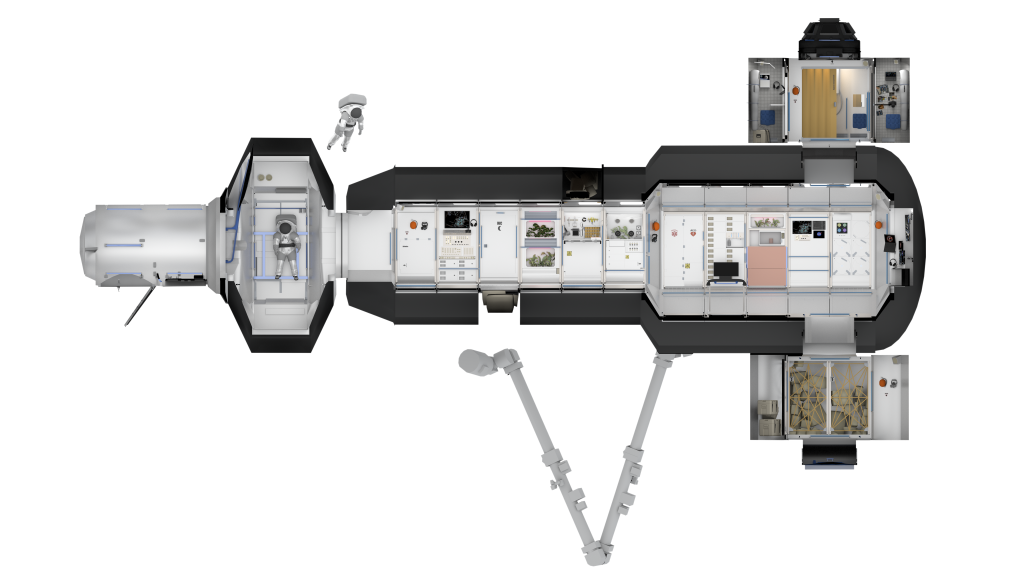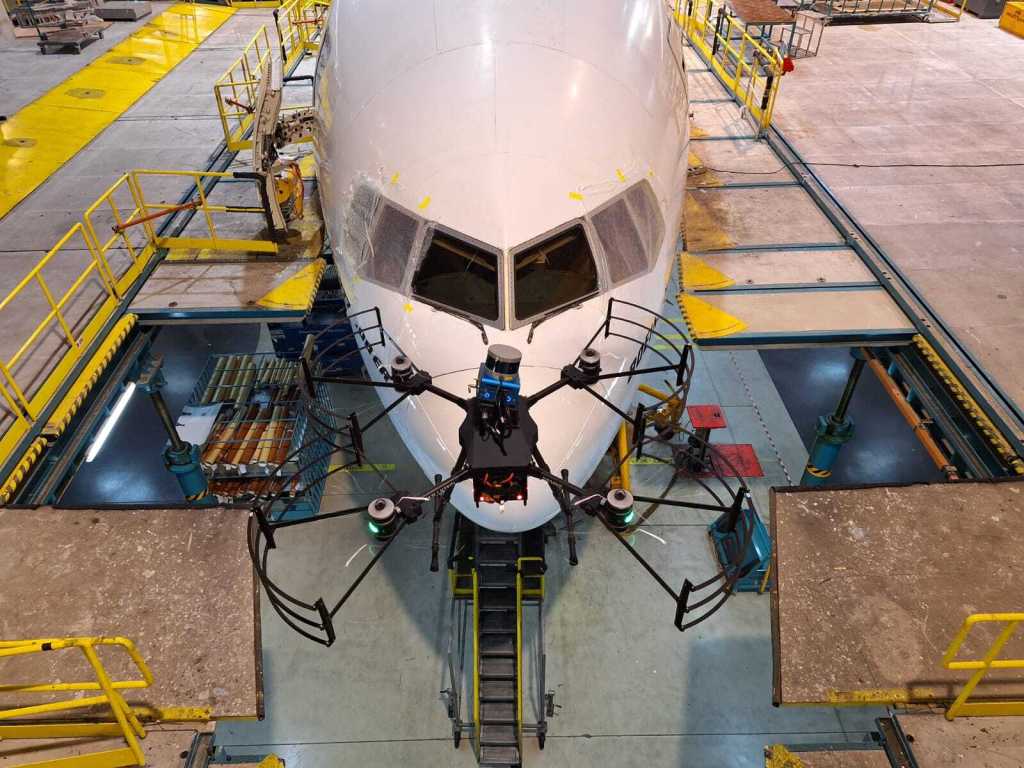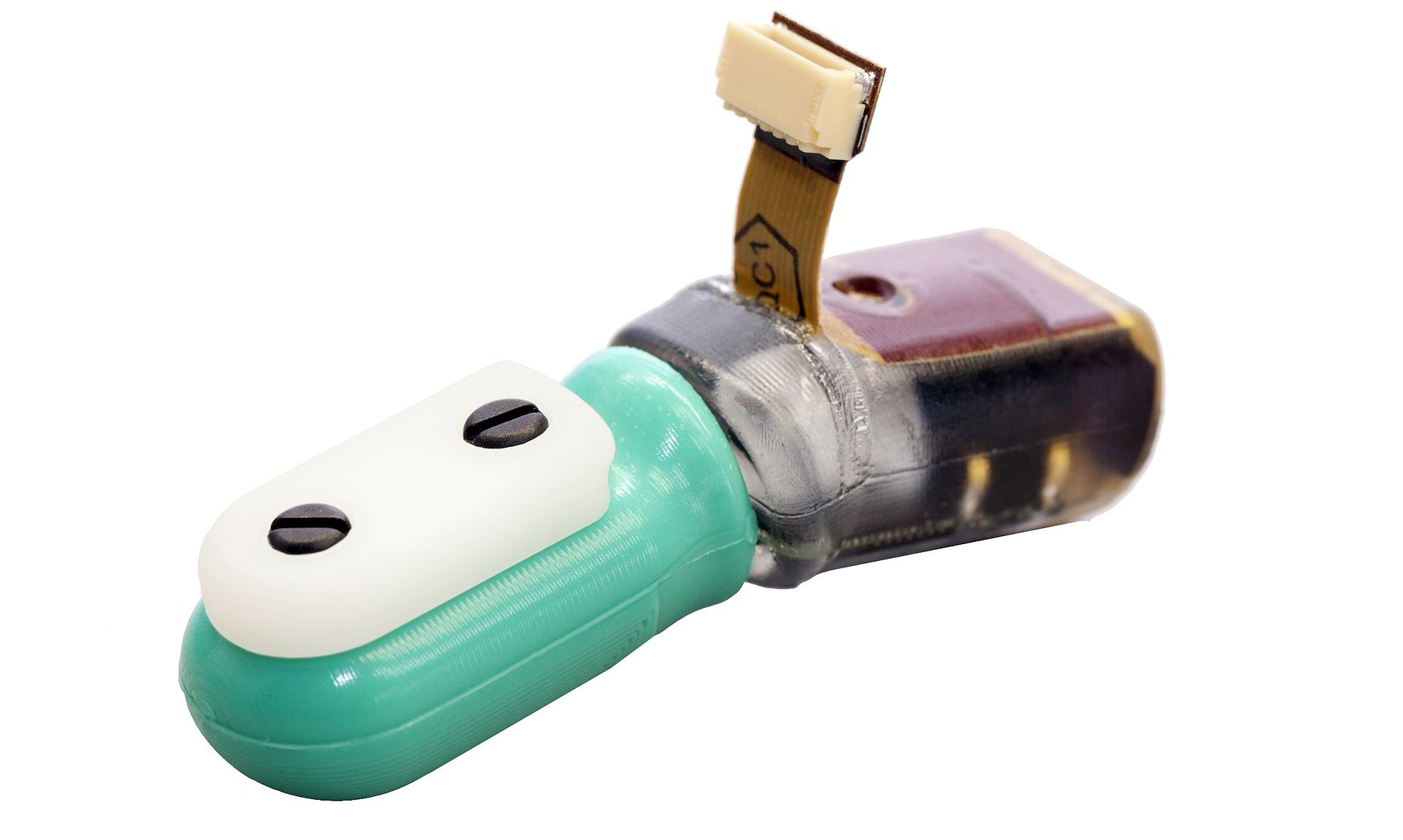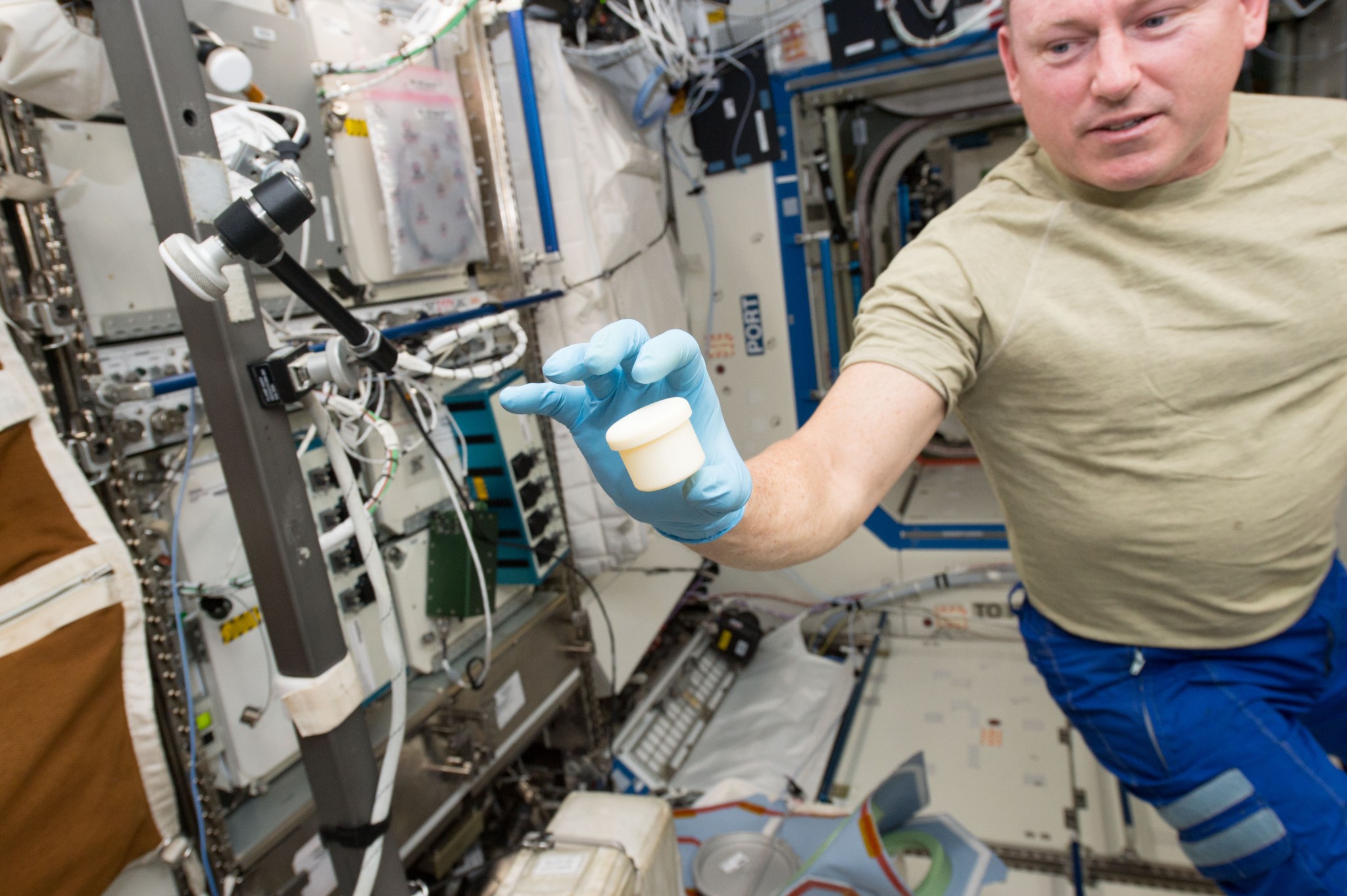NASA is seeking proposals for development of a first-generation, in-space, multi-material fabrication laboratory, or FabLab, for space missions. The FabLab solicitation is issued as Appendix B of the Next Space Technologies for Exploration Partnerships (NextSTEP-2) Broad Agency Announcement.
The FabLab development path will be implemented in three phases with the objective of the final phase to demonstrate a commercially developed FabLab on the International Space Station. This solicitation seeks responses only to Phase A, in which private industry partners will produce ground-based prototypes with a measurable ability to mature into flight demonstrations on the space station within three years.
FabLab is part of a broad agency strategy and series of investments managed by NASA’s Advanced Exploration Systems Division (AES) and Space Technology Mission Directorate (STMD) to advance key technology capability areas. According to Jason Crusan, director of AES, which also manages NextSTEP, FabLab is a logical extension of in-space manufacturing following the success of 3-D printing plastics on the space station.
“We’ve already seen the benefits of on-demand manufacturing for tools and replacement parts on station,” said Crusan. “We want to increase the number of materials we can use to manufacture items on-demand in space and improve overall manufacturing efficiencies as well.” He added that in-space manufacturing ultimately should become an end-to-end process, capable of recycling feedstock as well as harvesting it from extraterrestrial sources.
For FabLab Phase A, NASA is requesting ground prototypes designed to be compatible with the space station’s EXPRESS Racks and capable of remote-controlled operations from Earth to manufacture multi-material components, including metals. Phase A selectees will have 18 months to deliver the prototype, after which NASA will determine which, if any, partners will continue to Phase B to further mature their technologies on the NextSTEP development path. Phase B details, including the maturation path to the final Phase C, will be released under a separate solicitation.
“Having an integrated capability for on-demand manufacturing and repair of components and systems during space missions will be integral for sustainable exploration missions,” said Jim Reuter, deputy associate administrator for STMD Programs. “This is a rapidly-evolving, disruptive area in which NASA wants to continue working with industry and academia to develop these technologies through collaborative mechanisms such as this one.” He adds, “This BAA solicitation has great potential for developing meaningful applications for space missions, as well as direct terrestrial commercial infusion.”
NextSTEP is a public-private partnership cost-sharing development model managed by AES that advances deep space exploration capabilities to support human missions in deep space. Small businesses, as defined by NASA’s Small Business Innovative Research Program, are eligible for pro-rated cost-sharing agreements when partnering to develop capabilities for this NextSTEP Appendix.
NASA hosted an informational industry forum to address questions May 25, 2017. The briefing package is available here:
NextSTEP FabLab Industry Forum Briefing Package
The attendee list is provided here, to facilitate teaming among interested organizations:
Questions received and answered are documented here:
To view the RFI and guidelines in detail, visit:



























